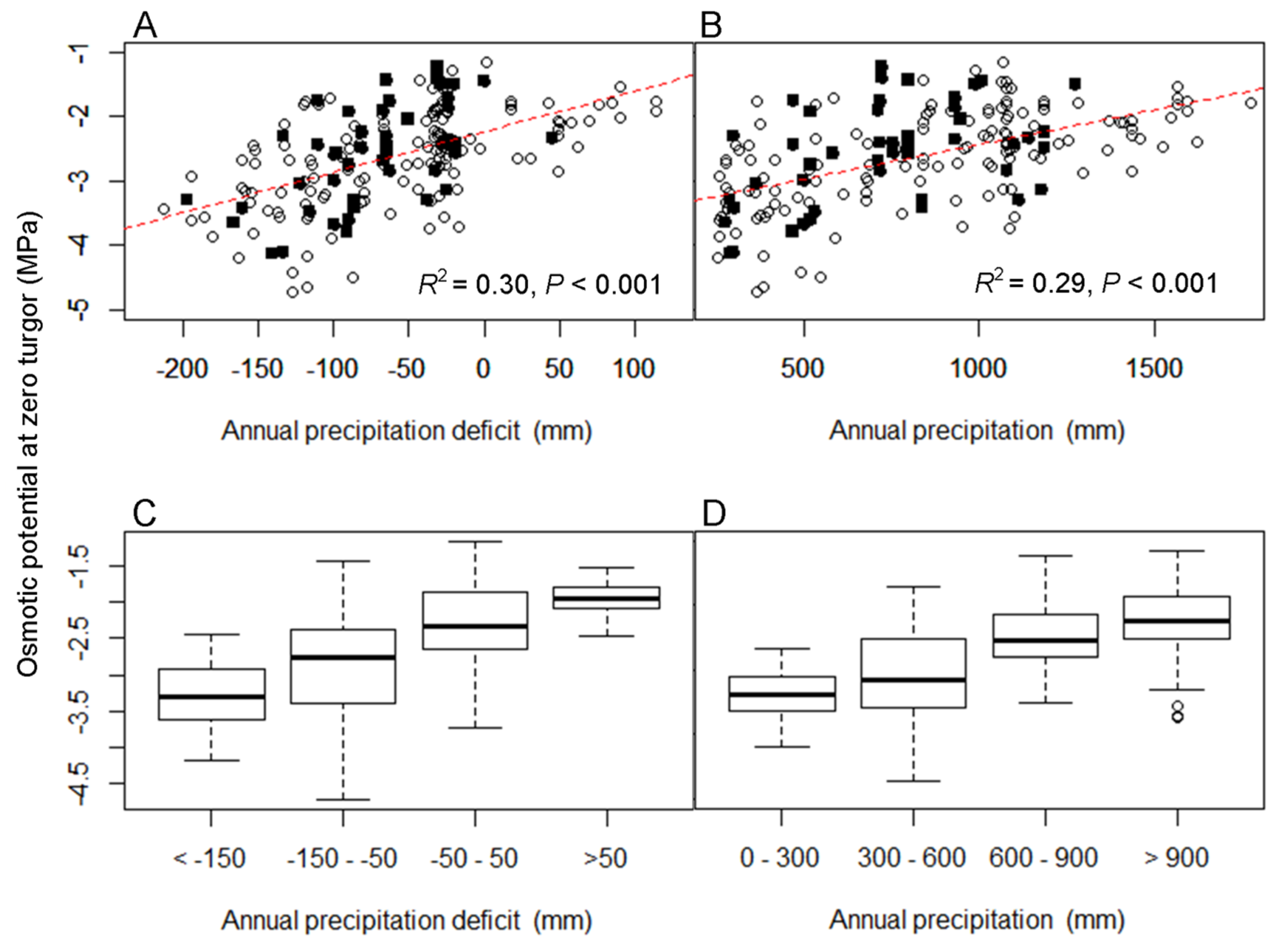Mathematics Of Public Key Cryptography Steven Galbraith Pdf Editor
- Posted in:Admin
- 08/05/18
- 12
Every course in the curriculum from developmental math to calculus and beyond. EDITOR: Steven G. ASSOCIATE EDITORS. Limit the involvement of mathematics in cryptog- raphy to only public key cryptography. There is, however, much more out there. For example, secret sharing, which we. Calculo Diferencial - Galvan - Romero - Fabela - PDF - Espanol May 20, 2017 Mathematics Of Public Key Cryptography Steven Galbraith Pdf Printer. 5/20/ A Survey of Modern Algebra, 3rd Ed. Need to access completely for Ebook PDF hungerford abstract algebra solutions llc device. Hidden Pairings and Trapdoor DDH Groups Alexander W. Dent and Steven D. Public key cryptography relies on the existence of mathematical objects which.
In, a Las Vegas algorithm is a that always gives results; that is, it always produces the correct result or it informs about the failure. In other words, a Las Vegas algorithm does not gamble with the correctness of the result; it gambles only with the resources used for the computation. A simple example is randomized, where the pivot is chosen randomly, but the result is always sorted. The usual definition of a Las Vegas algorithm includes the restriction that the expected run time always be finite, when the expectation is carried out over the space of random information, or entropy, used in the algorithm. An alternative definition requires that a Las Vegas algorithm always terminates (be ), but it may output a to indicate failure in finding a solution. Las Vegas algorithms were introduced by in 1979, in the context of the, as a dual to. Garmin Unlocker Alternative Скачать. Las Vegas algorithms can be used in situations where the number of possible solutions is limited, and where verifying the correctness of a candidate solution is relatively easy while calculating the solution is complex.

The name refers to the city of, which is well known as an icon of gambling.

Instructor:, Office: Ziskind 228. Lectures: Thursdays 14. Seven Army Of The Pharaohs Instrumental Download. 00–16.00 in Ziskind 261. Description We survey the use of pairings over certain elliptic curves to build cryptosystems.
This area of cryptography has seen a great deal of interest over the last five years, since the publication of Boneh and Franklin’s identity-based encryption scheme, a challenge posed by Shamir in 1984. The setting has proved fruitful: for many goals, pairing-based constructions are either the only ones known or are more attractive than constructions in other settings.
Like the field of research, the course will be in two parts. The first considers the mathematics behind elliptic curves and pairings. The second surveys the cryptographic schemes which have been obtained using pairings. In the first part, we present the necessary mathematical background through the proof of Weil Reciprocity, and the relevant algorithms through Miller’s Algorithm. We favor elementary exposition over generality.
This eliminates commutative algebra and algebraic geometry as prerequisites, at the cost of some elegance. In the second part, we survey the cryptography based on pairings. We will try to note the standard computational assumptions, useful proof techniques, and important cryptosystems. The schemes we consider include: identity-based encryption; digital signatures and their variants; group signatures; broadcast encryption and traitor tracing; e-cash; and fundamental topics such as chosen-ciphertext secure encryption, pseudorandom functions, and non-interactive zero knowledge. Throughout, we note two major thrusts in the field: to obtain schemes secure without relying on the so-called random oracle model and to understand the computational assumptions required to prove schemes secure. Lecture Outline The tentative outline for the math portion is as follows: • Elliptic curves over Char-0 fields • Rational functions and divisors • Curve points; the group law; n-torsion points • Elliptic curves over finite fields • Rational maps: endomorphisms and isogenies; ramification • The Weil pairing • The Hasse bound • Pairings • Weil reciprocity • The Tate pairing • The Weil pairing revisited • Efficient computation • Balasubramanian-Koblitz • Miller's algorithm • Suitable curve families (time permitting) The outline for the crypto portion follows. For bibliographic information and links to papers, see bibliography at bottom.